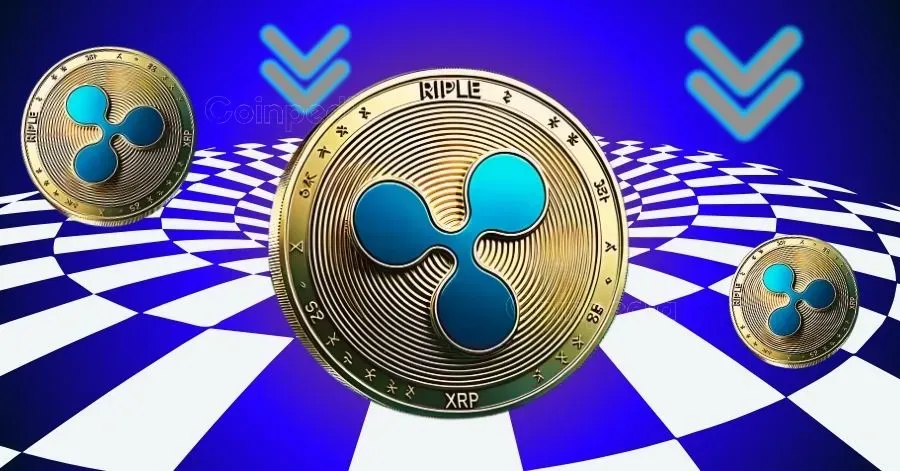
Why Circle Rejected Ripple’s Bold $5 Billion Acquisition Bid?
Ripple has recently seen its acquisition bid for Circle, the issuer of USDC, fall through, sparking a flurry of speculation in the cryptocurrency market. In this article, we will explore the top reasons behind Circle’s decision to reject Ripple’s bold $5 billion offer.
First and foremost, it appears that Ripple’s offer came with an insufficient equity value. Sources close to the deal revealed that Circle was not satisfied with the valuation provided by Ripple, considering it insufficient for a company of its stature. The fact that much of the offer was likely in illiquid Ripple equity rather than cash only added to Circle’s dissatisfaction.
Another key factor that contributed to Circle’s decision is the potential overlap between USDC and Ripple’s newly announced RLUSD stablecoin. By acquiring Circle, Ripple would have effectively absorbed a direct competitor, something that may have put a strain on its operations. Furthermore, as Stellar Rippler noted, it raises questions about the strategic alignment of the two companies.
It appears that Ripple’s offer also failed to consider Circle’s strong pre-IPO position. With backing from notable financial institutions and its own upcoming initial public offering (IPO), Circle did not feel pressured to sell out majorly. Its stock remains in high demand on the secondary market, making it less likely to accept a deal.
Moreover, it is clear that Ripple’s acquisition bid was motivated by strategic misalignment rather than genuine interest in maintaining Circle as an independent entity. By acquiring Circle and gaining control over USDC, Ripple aimed to fast-track its entry into the stablecoin space. However, this move would have required Circle to abandon its independence and adapt to Ripple’s vision for the market.
Lastly, it is worth noting that Circle has maintained a strong regulatory edge in the cryptocurrency market. Its widely accepted USDC stablecoin has integrations with major financial institutions such as Visa, Stripe, and Robinhood. It appears that Circle was not willing to trade this valuable infrastructure away, especially not for equity in a company launching a rival product.
In conclusion, it is clear that Ripple’s acquisition bid failed to consider the strategic misalignment between the two companies, regulatory edge, and pre-IPO position of Circle. While Ripple may still seek strategic acquisitions in the future, it seems unlikely that they will be able to replicate this exact offer anytime soon.
The views and opinions expressed here are solely those of the author and do not necessarily reflect the views of Coinpedia.
Source: https://coinpedia.org/news/why-circle-rejected-ripples-bold-5-billion-acquisition-bid/


